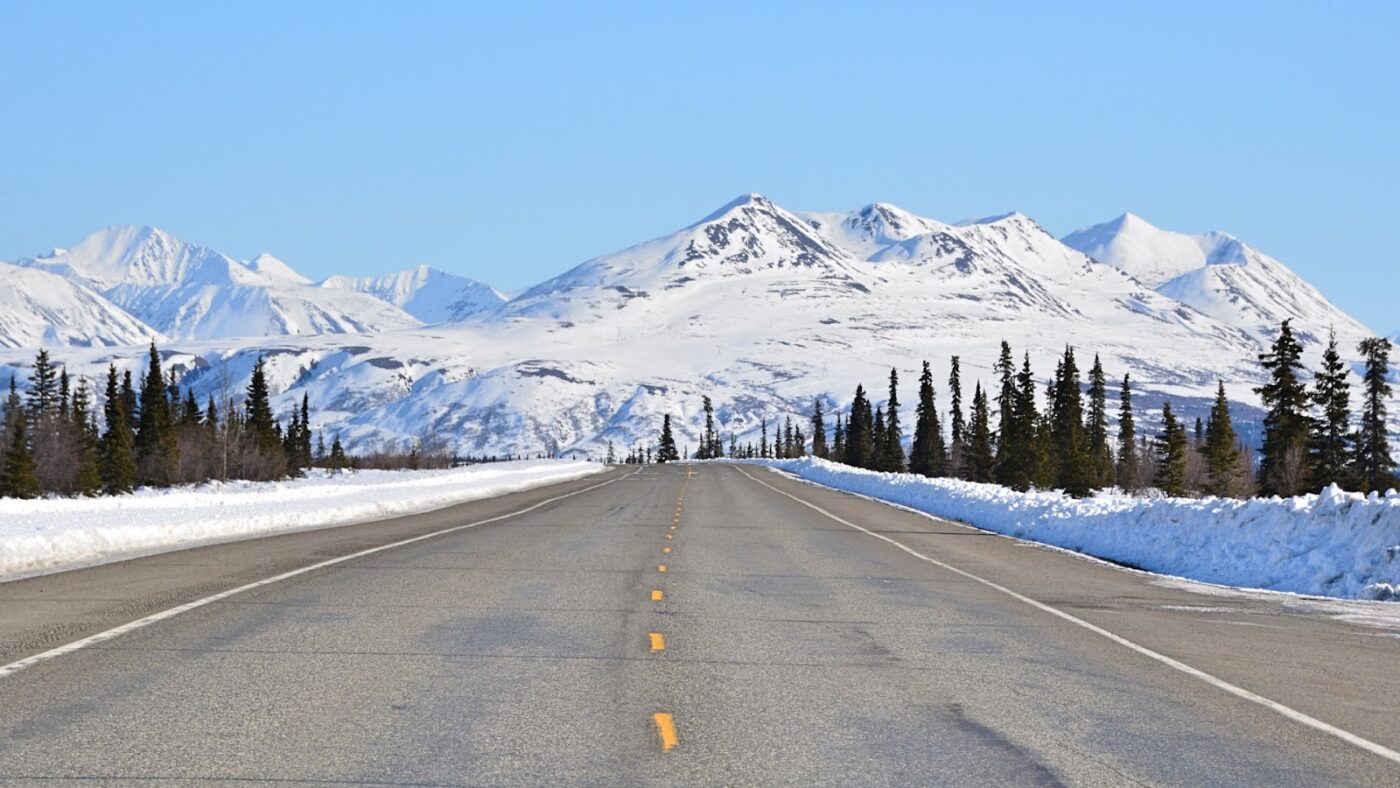Too Long; Didn’t Read
America packs in all kinds of cold-weather fun, from city festivals to wild, remote places.
Top spots to check out:
- Urban Ice: Fairbanks, AK (Northern Lights, dog sledding), International Falls, MN (Icebox Days); Duluth/Marquette (lake-effect snow, ice caves).
- Mountain Escapes: Crested Butte, CO/Taos, NM (skiing, unique landscapes); Mammoth Lakes, CA (volcanic snow, hot springs); Mt. Washington, NH (extreme weather).
- Wild Parks: Denali, AK (summer wildlife/winter solitude); Isle Royale, MI/Boundary Waters, MN (cold-water paddling, wildlife, quiet); VT/NY forests (snowshoeing, syrup).
- Unique Experiences: Aurora chasing, dog sledding, ice fishing, ice climbing, cultural traditions (Taos Pueblo, Nordic saunas).
Plan Smart: Best time for intense winter and auroras is December to February. For chillier but easier conditions, aim for June through August. Wear layers and make sure your outer gear blocks wind. Book things ahead of schedule. Always check weather forecasts and avalanche warnings before heading out; think about using a guide. Accept the cold – it’s the key to unique, quiet adventures you won’t forget.
America’s Frozen Frontier
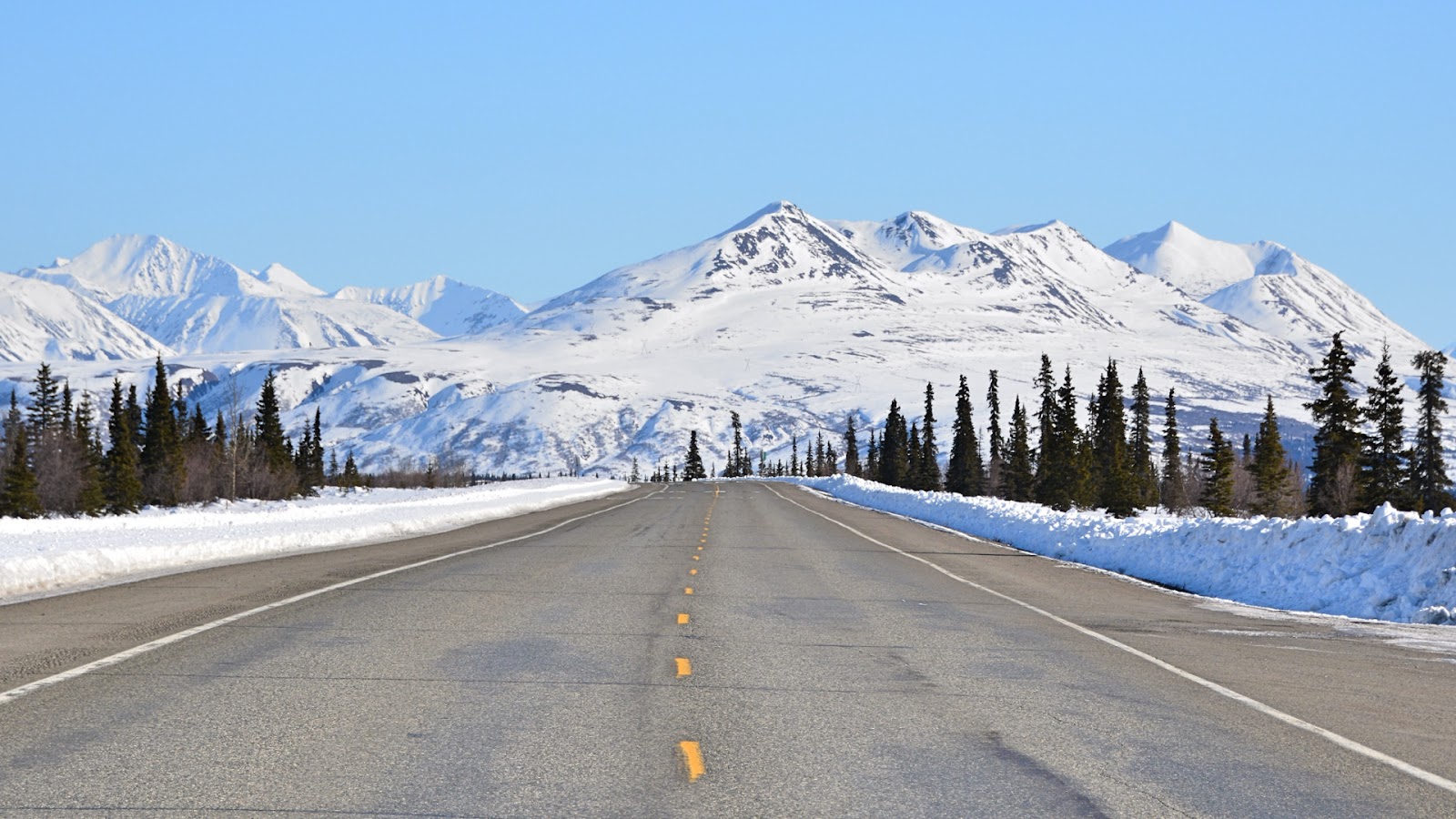
Imagine standing under dancing green lights. Snow crunches underfoot, silence wraps around you like a blanket. This isn’t just winter—it feels like pure magic.
Cold tourism is definitely trending. More travelers skip crowded beaches for frosty adventures. People want unique experiences away from packed crowds. Honestly, who can blame them? Summer heat waves make escaping to the Arctic sound pretty appealing.
America delivers amazing variety in cold spots. Find bustling cities that embrace winter. Or discover remote wilderness where your breath turns to instant clouds. Want urban frost culture? Or untouched frozen landscapes? This country has you covered.
Urban Ice Capitals: Cities That Embrace the Freeze
Fairbanks, Alaska: Aurora Central
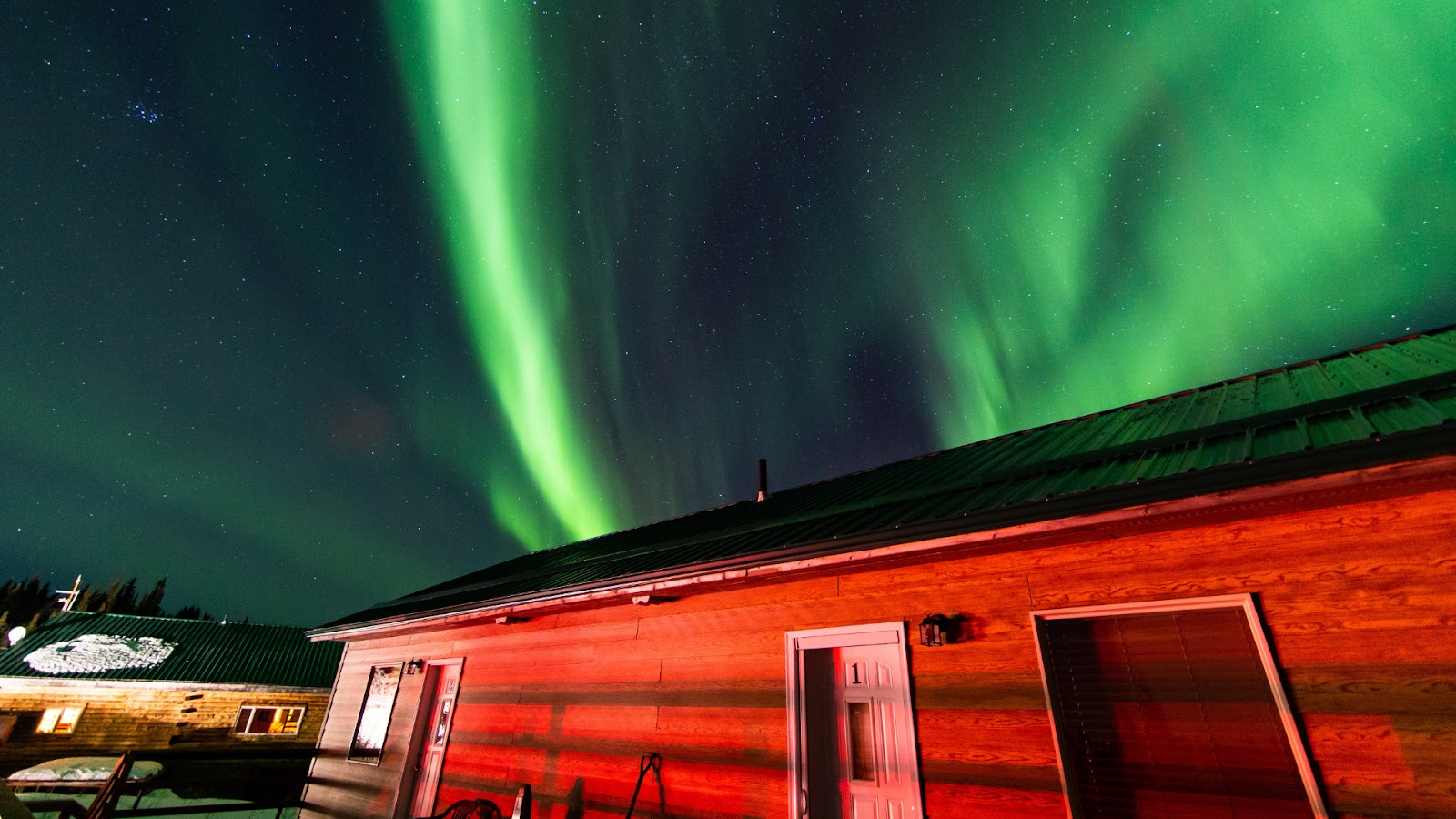
Fairbanks takes winter seriously. Average temps sit around -4°F, and it once plummeted to -66°F. That’s not just cold – it’s a famous cold.
What sets Fairbanks apart? Incredible aurora viewing tops the list. Clear, dark nights offer prime conditions for catching the Northern Lights. Dog sledding adventures give you a real feel for traditional Arctic travel. The Ice Museum displays detailed frozen sculptures, any time of year. Winter festivals also bring people together during the long dark months.
International Falls, Minnesota: America’s Icebox
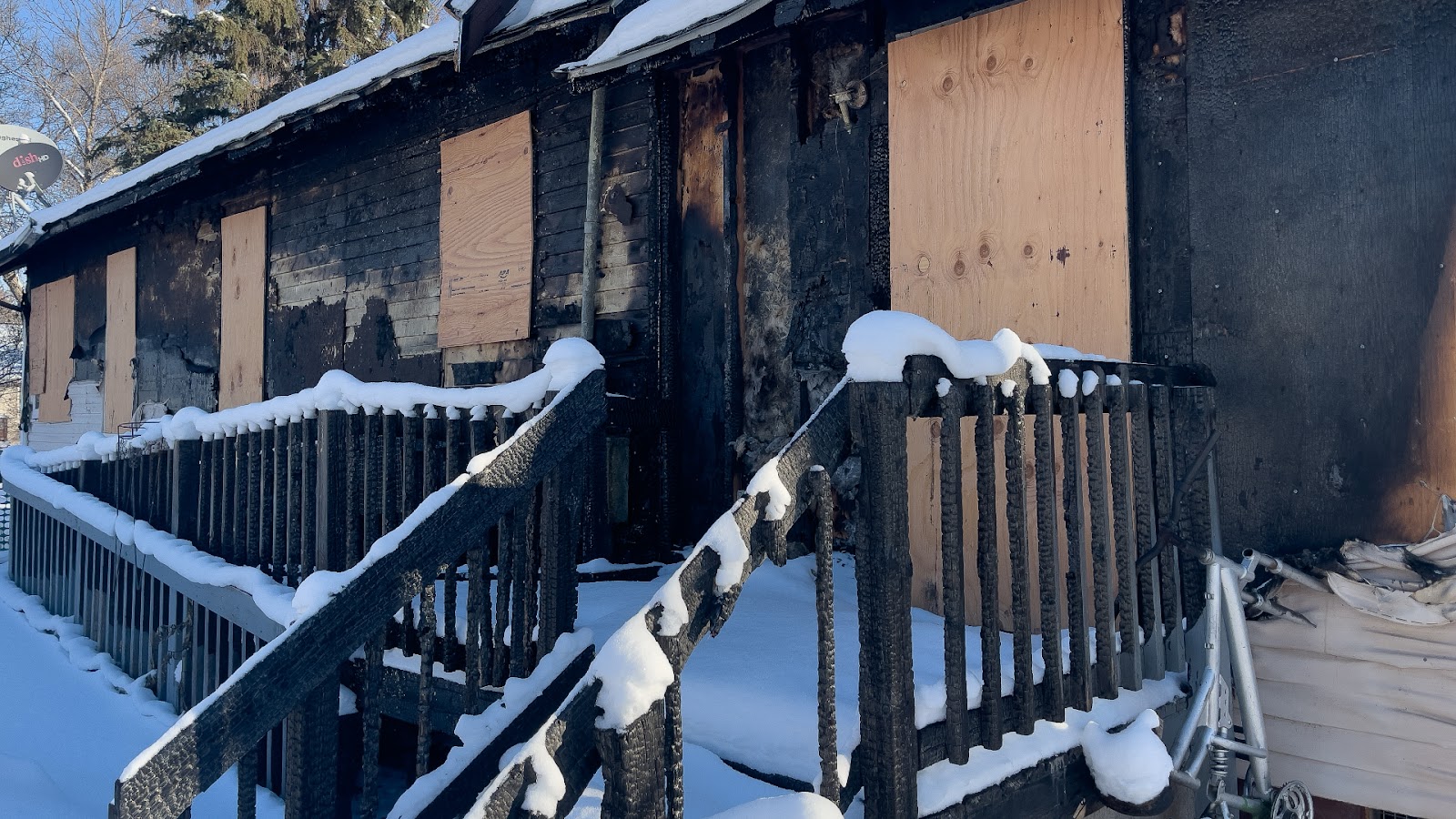
This border town proudly claims its “Icebox of the Nation” title. Winter nights often hit -20°F or colder.
Their Icebox Days Festival turns brutal cold into celebration. Artists craft stunning sculptures from ice. Folks laugh while trying to hurl frozen turkeys down icy lanes. Braver souls even take polar plunges into freezing water.
Great Lakes Glory: Duluth and Marquette
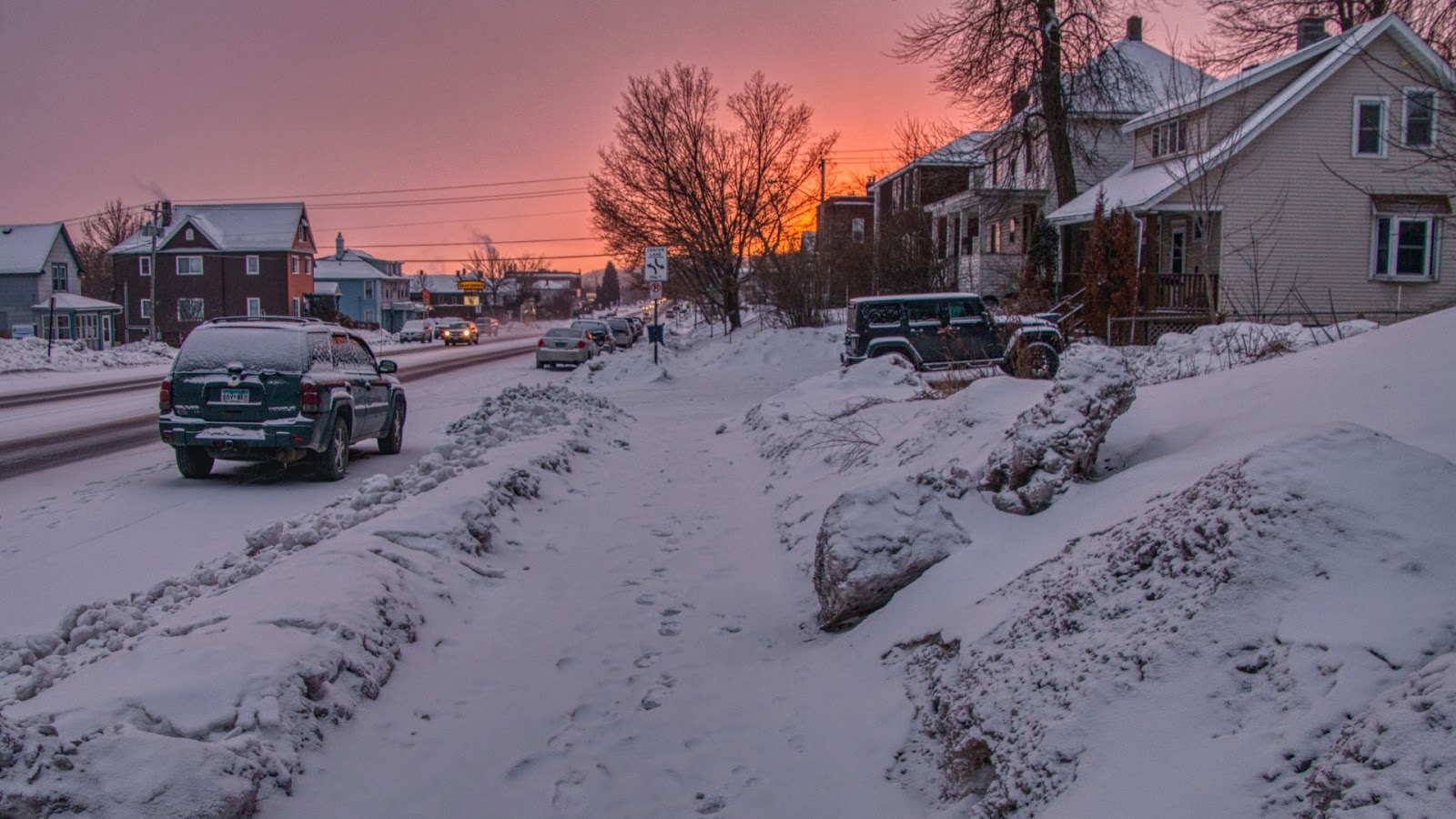
Lake Superior shapes its own weather. Cities nearby get buried under massive lake-effect snow.
In Duluth, Minnesota, winter lows average 14.6°F. Trails for snow hiking wind through woods. Breweries and cafes buzz with lakeside warmth. Perfect conditions let ice caves form along Superior’s shore.
Over in Marquette, Michigan, winter temps hover around 16.8°F. Photographers flock to frozen Lake Superior caves. Snowmobiling trails link towns. Adventurers test themselves on ice climbing routes.
Cold Culture Communities
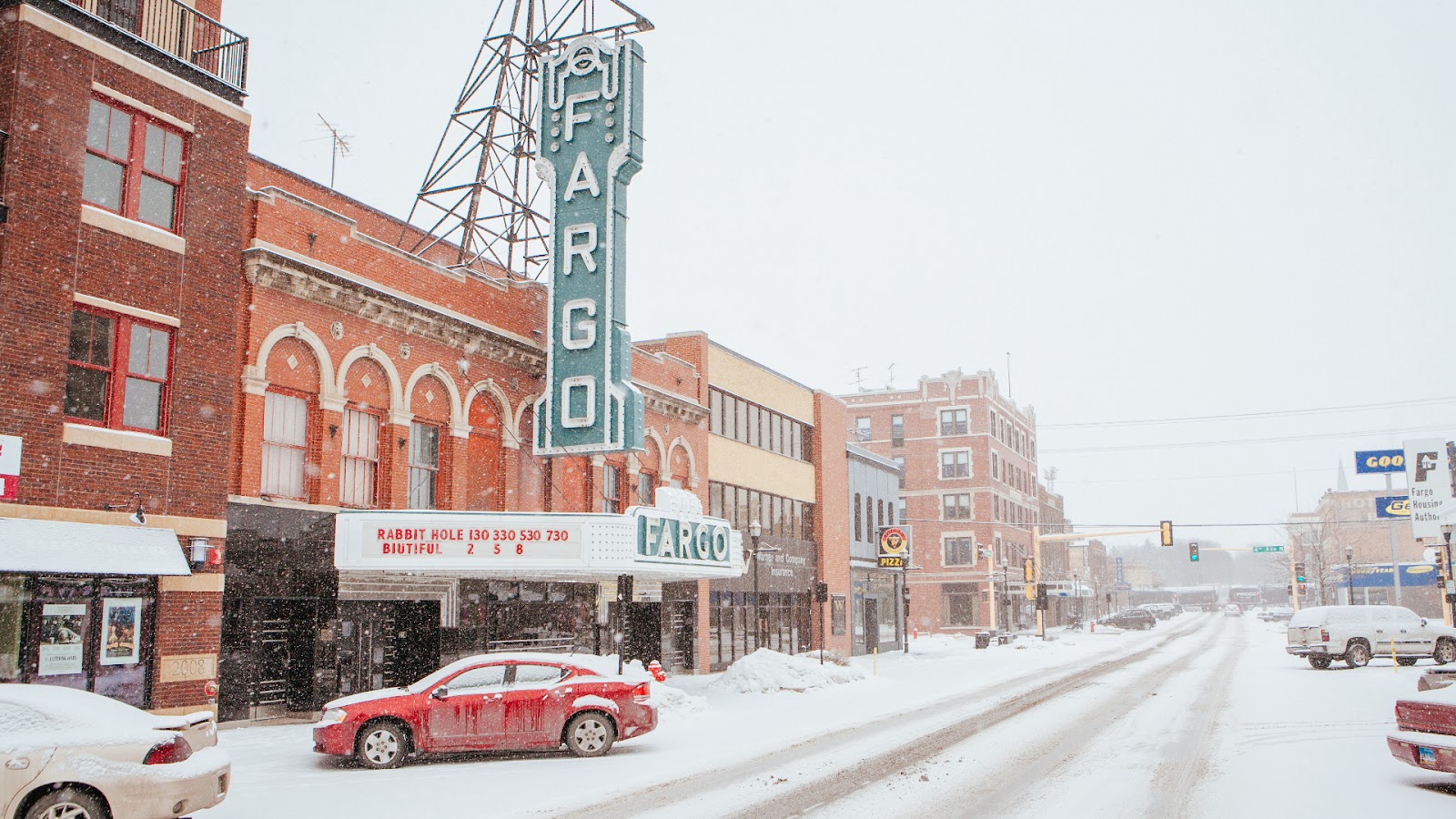
Turns out, places like Fargo and Buffalo show winter isn’t just for enduring. It’s something to celebrate.
How? Well, they host ice fishing tournaments. Snowshoe races happen right in city parks. When polar vortexes hit, local shops stay open late, offering warm spots for people to gather. Folks there also invest in good winter gear and outdoor fun instead of hiding inside all season.
Mountain Escapes: Where Elevation Meets Exhilaration
Rocky Mountain Gems
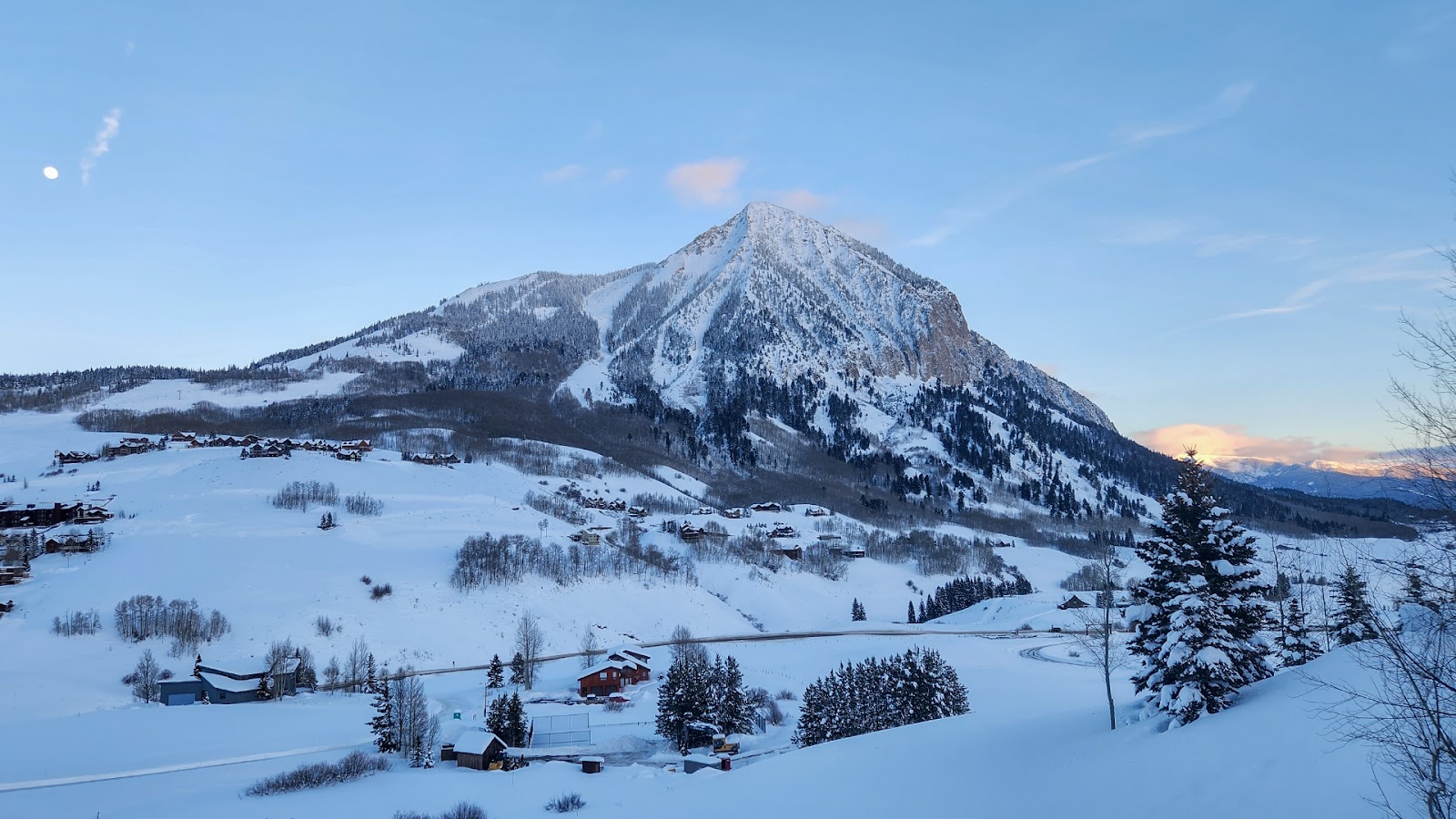
Crested Butte, Colorado proudly claims “Wildflower Capital” status. But come winter, the place totally changes. Summer highs hit a comfy 72°F, ideal for biking alpine trails. Then snow arrives, bringing world-class skiing and snowboarding. Historic downtown keeps its genuine mining town feel year-round.
Down in Taos, New Mexico, elevation hits 7,000 feet. Adobe buildings stand out sharply against snowy Sangre de Cristo peaks. Brave souls can even try winter kayaking in Rio Grande Gorge. Between outdoor exploits, warm up inside at art galleries or cultural spots.
Pacific Peak Adventures
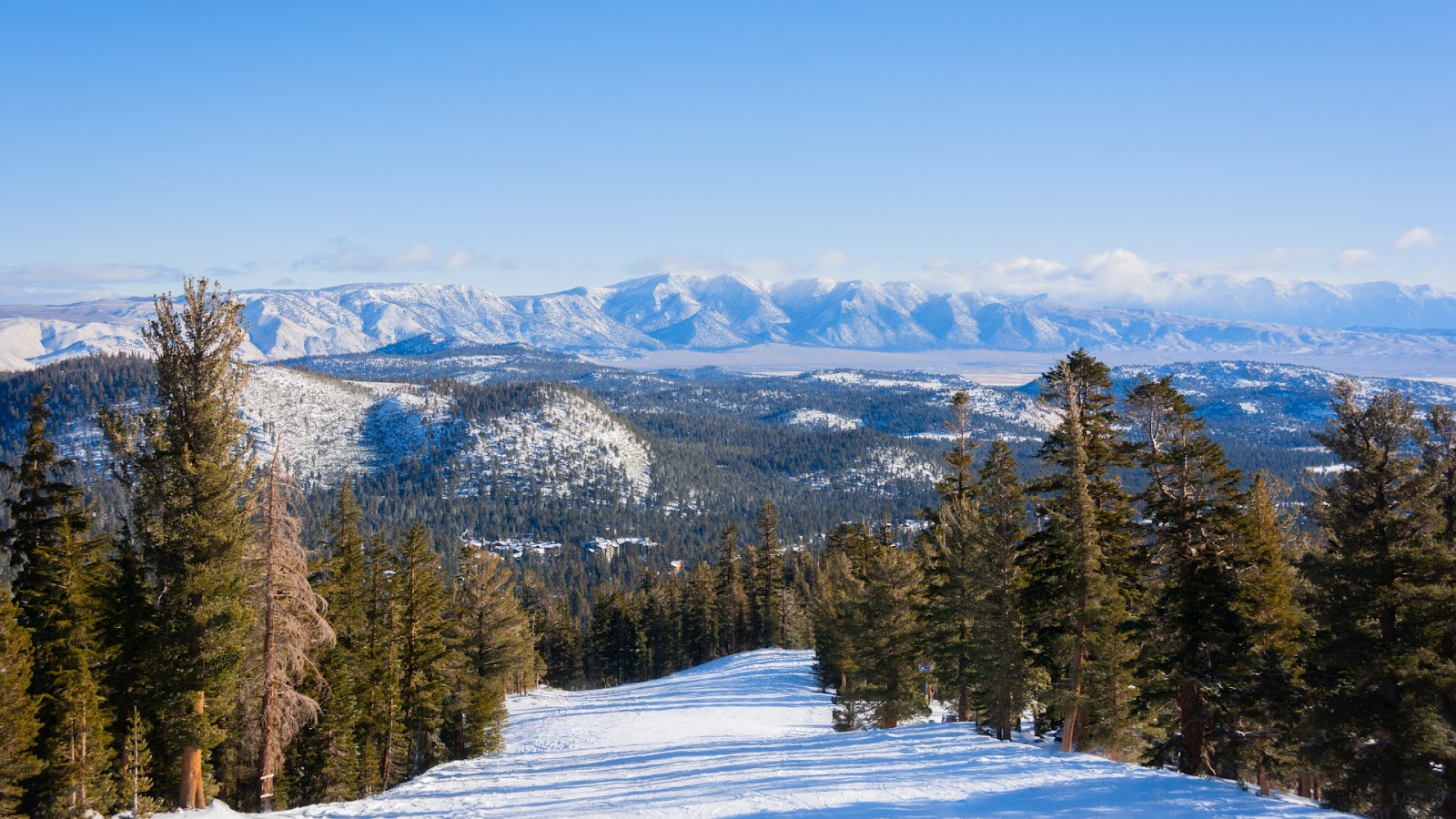
Mammoth Lakes, California wears snow like a blanket over its volcanic bones. Nearby, Devil’s Postpile National Monument becomes especially striking in winter. You can also find natural hot springs perfect for stargazing soaks. Skiing and snowboarding here pull in serious powder chasers globally.
Mount Washington, New Hampshire truly earns its wild weather reputation. That “World’s Worst Weather” title? It involves winds that smash records. Even experienced hikers face snowy trails during summer months. The historic cog railway offers a unique ride up those incredibly steep slopes.
National Parks: Pristine Frozen Wilderness
Alaskan Frontiers
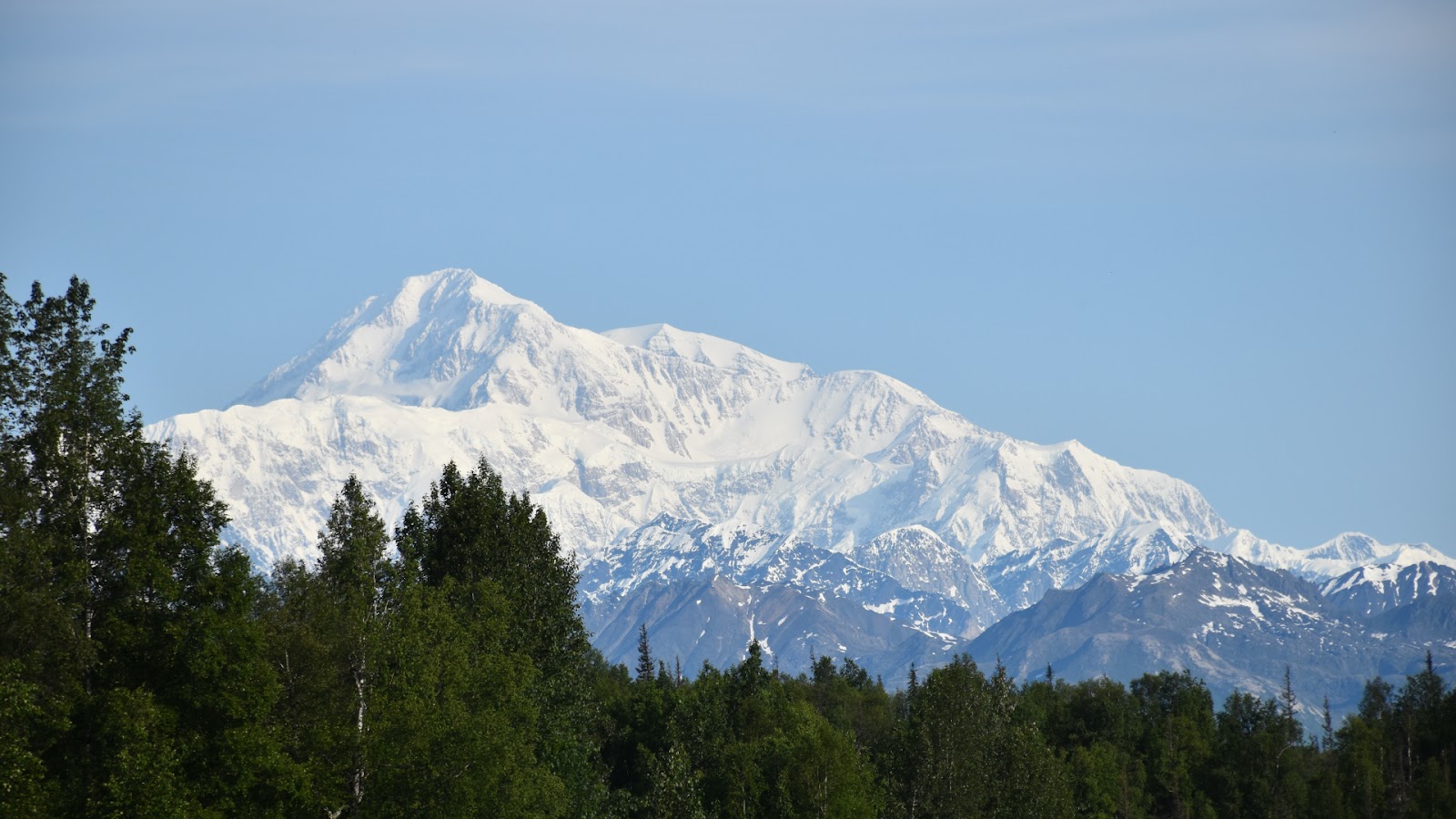
Alaskan summers in Denali feel downright warm – temperatures often hit the 60s. Spot caribou, wolves, or bears roaming around. See enormous glaciers from above on a flightseeing trip. Wilderness covers six million acres, stretching way past where you can see.
Camping here guarantees true solitude. Forget cell service or crowds; it’s just you and pure nature. When clouds clear, Denali mountain dominates the entire horizon. You’ll find endless chances for amazing photos.
Great Lakes Wilderness
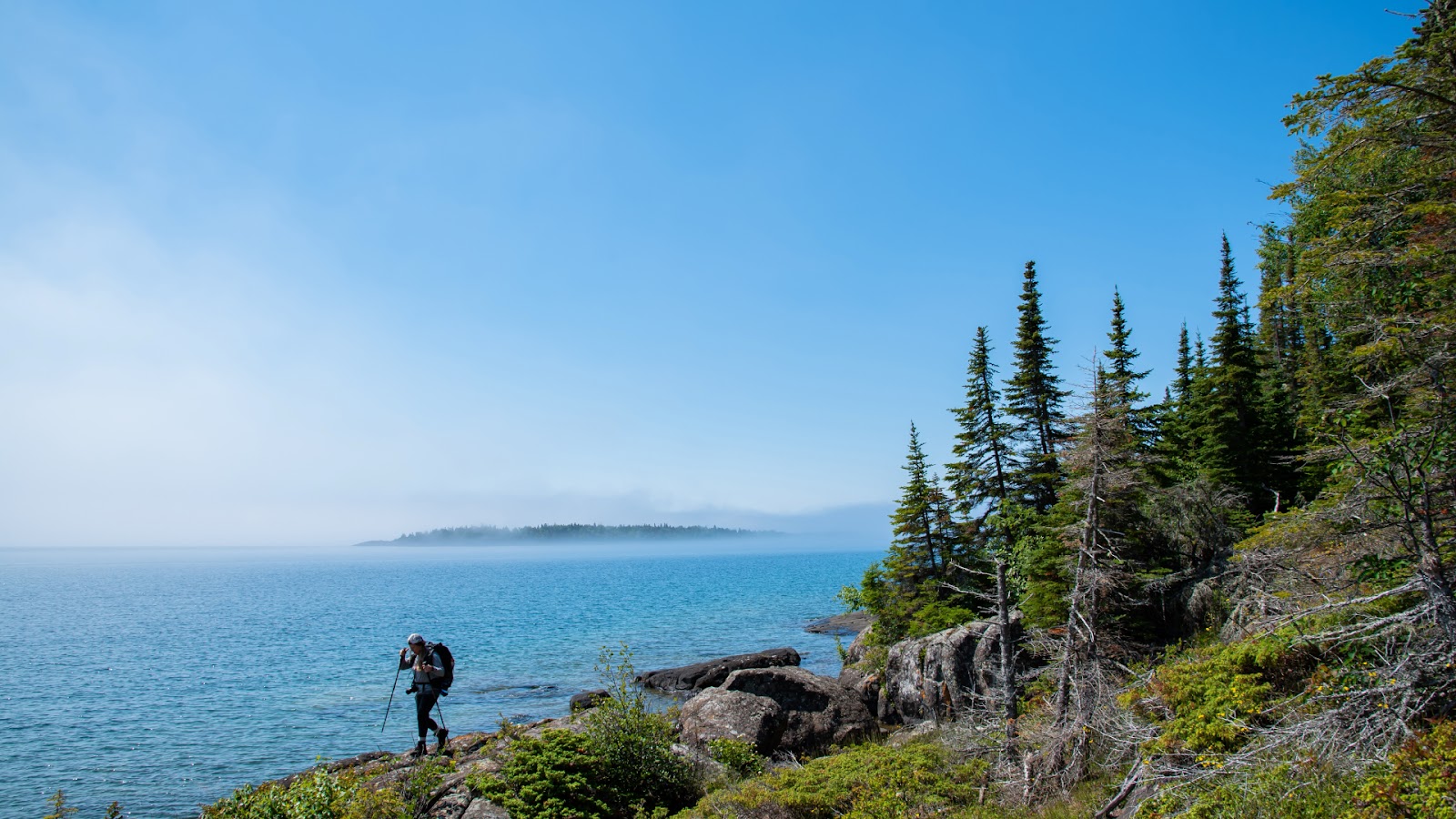
Isle Royale National Park sits alone way out in Lake Superior, Michigan. Even summer feels cool, averaging around 40°F. Wolves and moose interact here in a special way. People who like cold water find good paddling spots.
Over in Minnesota, Boundary Waters offers canoe routes through chilly passages. Carrying gear between lakes makes you stronger, maybe builds some grit too. Night skies put on a real star show. Quiet in this place feels thick, almost something you touch.
Northern Forest Retreats
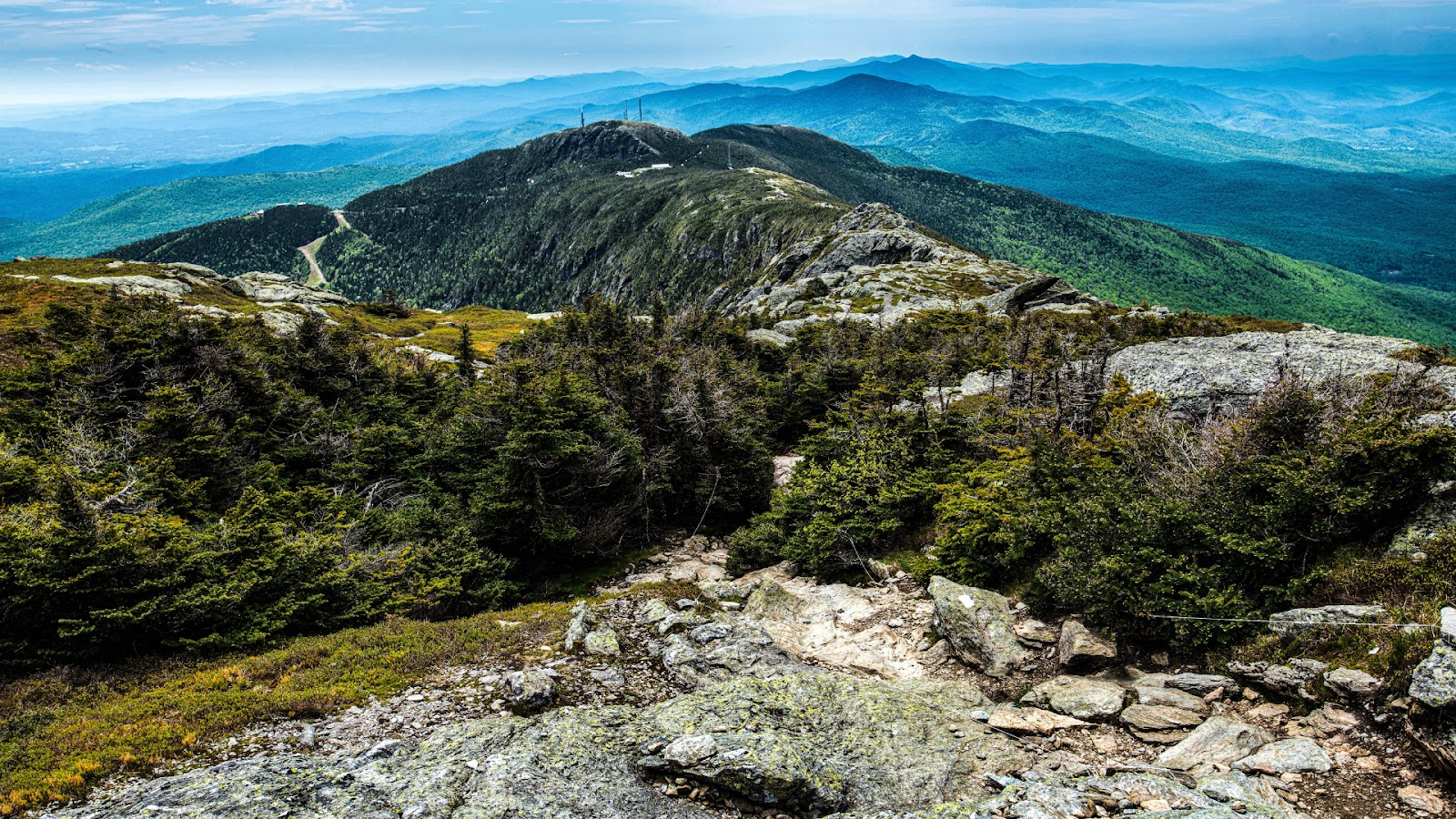
Vermont’s Green Mountains deliver classic New England winter. Snowshoe trails weave through quiet maple forests. Old covered bridges look great in snow. Visiting during maple syrup season means sweet rewards.
New York’s Adirondacks hold six million acres of protected wild land. Winter camping here tests outdoor skills. Dedicated anglers head out for ice fishing. Nearby small towns offer cozy welcomes and hot food.
Beyond Shivering: Unique Cold Adventures
Aurora Chasing
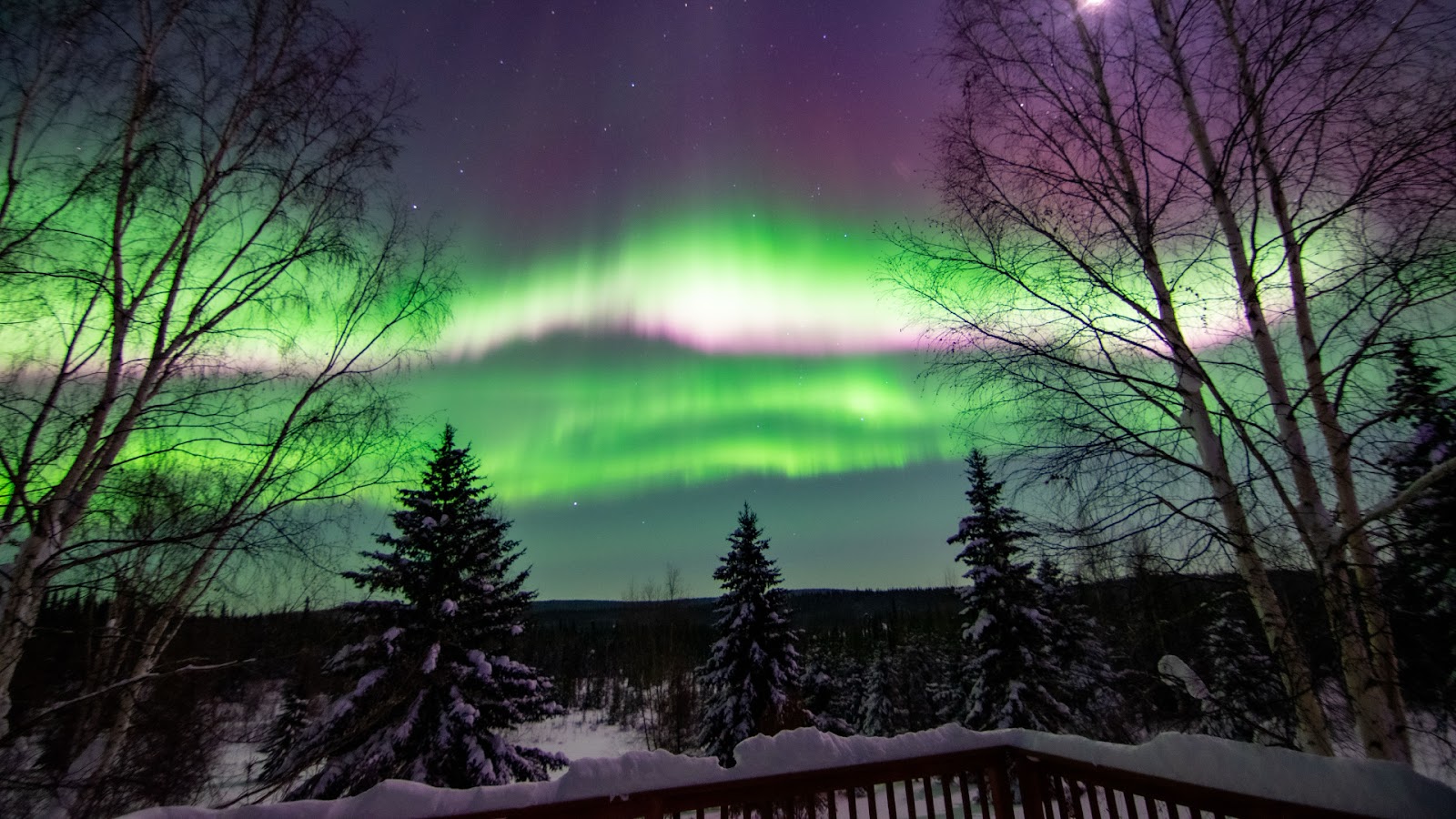
Head to Fairbanks or Isle Royale for top Northern Lights chances. Check solar activity forecasts to pick your best viewing time. Remember to prep camera gear for cold weather. Wait patiently – you’ll get rewarded with amazing light shows.
Ice and Snow Sports
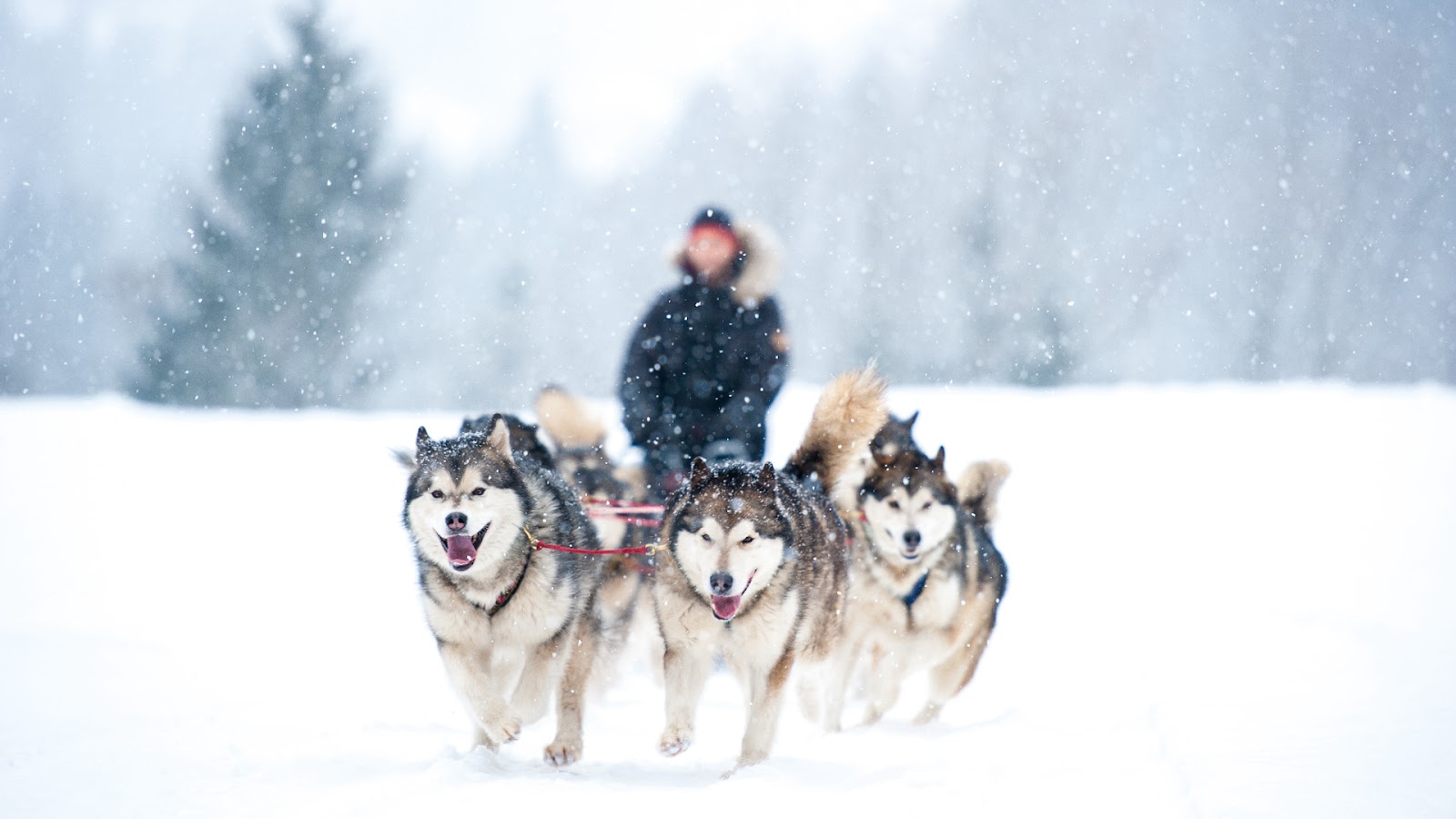
Try dog sledding in Alaska to feel old ways of travel. Listen to tales from mushers. Watch huskies show amazing strength pulling sleds. Multi-day trips really test your limits.
Ice fishing in Minnesota? It’s all about patience… and hope. Heated shacks help you wait out the cold. That walleye you catch? Tastes way better after you’ve worked for it.
Know avalanche safety? Must for Sawtooth backcountry skiing in Idaho. Untouched powder? That’s your reward. Quiet mountains make every sound stand out.
Cultural Cold Connections
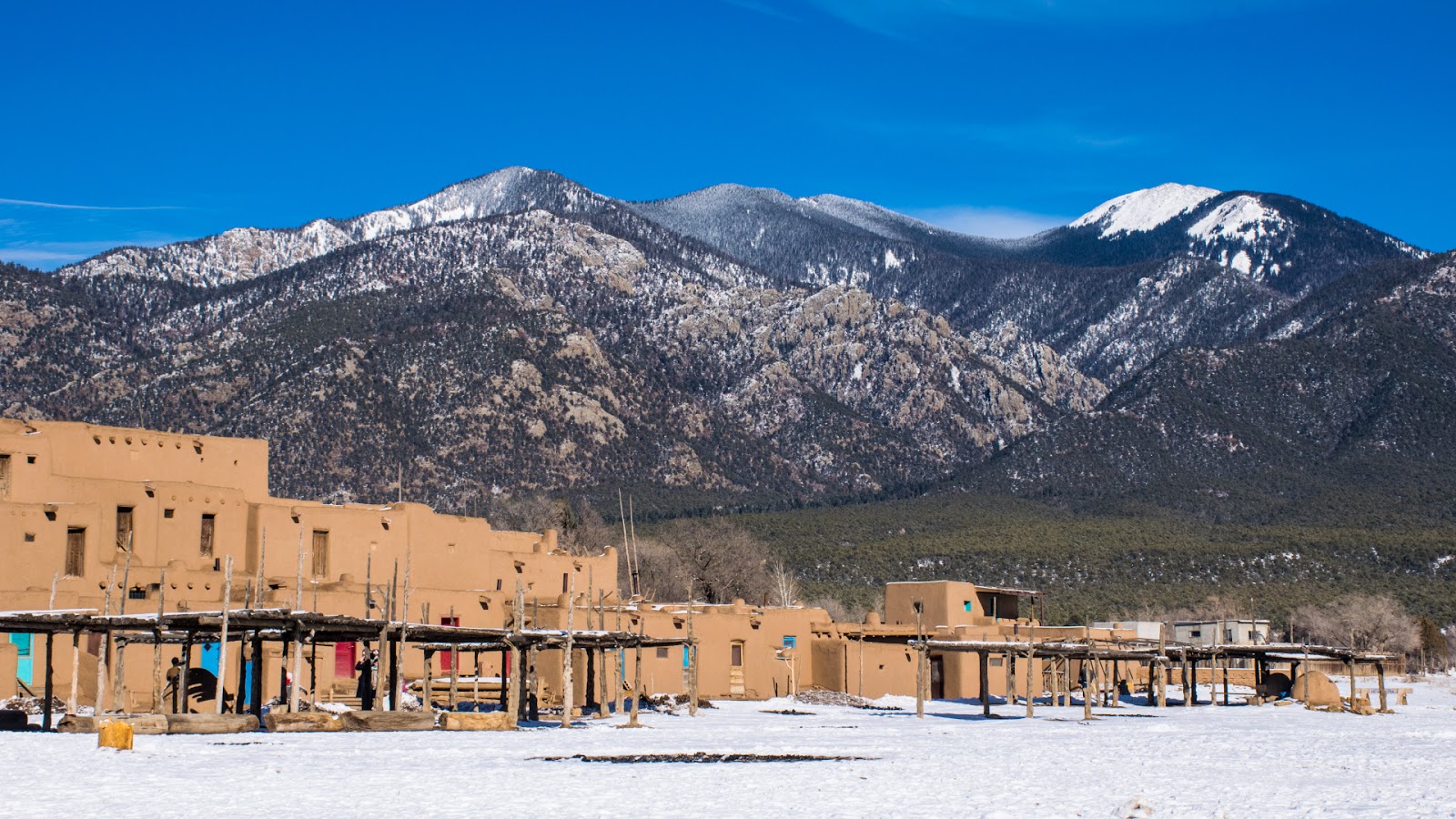
At Taos Pueblo, indigenous traditions carry on through winter. Adobe structures show how people built for cold weather, with thick walls holding warmth. Cultural demonstrations happen all year too.
Up in Michigan’s Upper Peninsula, Nordic heritage gets celebrated when days get short. Finnish-style saunas offer a cozy escape from biting cold. Community Scandinavian festivals brighten those long winter nights.
Practical Cold Weather Guide
When to Go
Want that intense winter magic? Aim for December through February. Cities really lean into the cold with fun festivals under frosty skies. Plus, those long, dark nights? Perfect for catching auroras. Prefer things a bit milder up north or high up? June to August is your window. Alaska’s endless daylight (midnight sun!) is wild for photos, and mountain slopes burst with wildflowers.
Gear You Need
Forget one bulky coat. Layering wins every time:
- Start with base layers that pull sweat away.
- Add insulating layers to hold warmth close.
- Top it off with an outer shell against wind and wet.
Windproof stuff is a game-changer for comfort – wind chill turns nasty fast. Don’t skip good gloves and a warm hat; frostbite’s no joke. Heading somewhere remote? Pack emergency supplies, no question.
Smart Planning
- Places like Isle Royale lodges? Book those at least six months early. Prime dates vanish quickly. Always check cancellation rules – they differ a lot.
- In mountain zones, keep an eye on avalanche danger. Weather shifts fast there
- Using a local guide? Super smart for safety know-how.
- And carry a way to call for help if things go wrong.
Your Icy Invitation Awaits
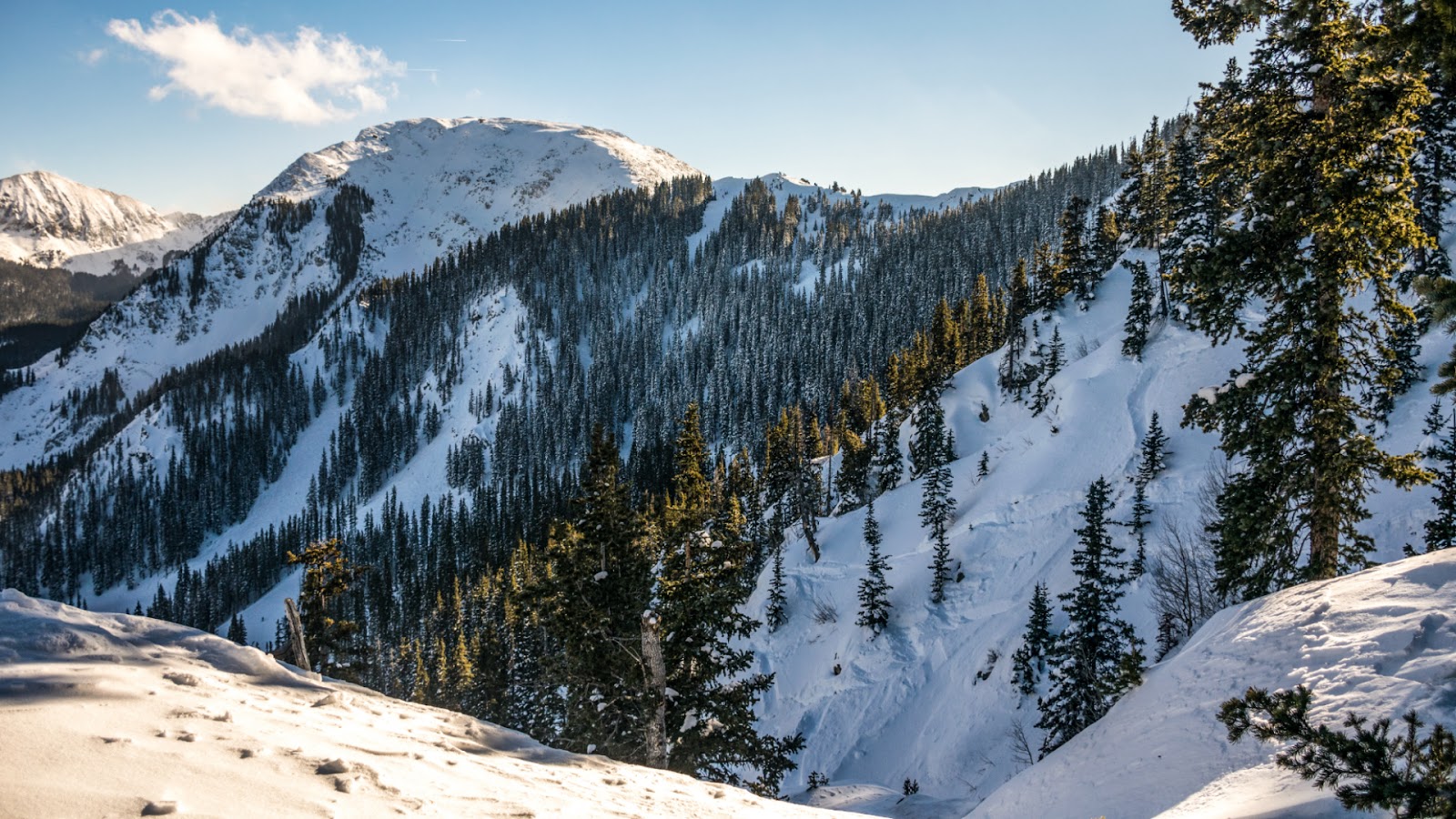
Snow blankets forests into total quiet, like walking through a frozen cathedral. Northern lights blaze across the sky in colors you won’t believe. Seeing winter this way changes everything.
Try easier cold spots first, maybe Duluth. Get comfortable there before tackling somewhere really extreme, like Fairbanks. Build your cold skills step by step. Find gear that actually works for you and what you want to do.
America’s frozen edges promise unforgettable trips. Forget the beach towel, grab snow boots this year. See landscapes most people never do. Come back with stories your friends at home just won’t believe.
Visiting the cold isn’t just enduring low temps. It’s finding what happens when you lean into the discomfort. When you quit battling winter and start enjoying it.
Pack your warmest clothes and bring your sense of adventure. America’s coldest spots are ready to share their secrets. Remember: bad weather doesn’t exist, just clothes that aren’t right.
FAQ
What Specific Health Precautions Are Needed Beyond Frostbite?
Watch for altitude sickness in high places like Taos or Crested Butte. Also, hypothermia can happen even in milder “cold,” say 40°F if you’re wet. And remember to drink plenty – cold air is really dry.
Are There Good Cold-Weather Destinations Suitable For Families With Young Children?
For families wanting winter fun without long exposure, good options exist. City festivals like Icebox Days work well. So do easier snowshoe trails found in Vermont or New York forests. Other solid choices? Sleigh rides, ice skating rinks, or brief dog sled runs. These focus on easy access and shorter time commitments.
How Does Visiting These Places In Summer (Like Denali) Compare To Winter?
Summer means warmer weather. You’ll see wildflowers blooming and spot more animals. It’s also easier to get around. But don’t expect winter’s special magic here – no northern lights, deep snowy views, or icy shapes. You’ll find fewer quiet moments alone too. Summer brings a different vibe, usually much busier.
The post A Tourist’s Guide to the Coldest Places In America appeared first on TravelsType.

